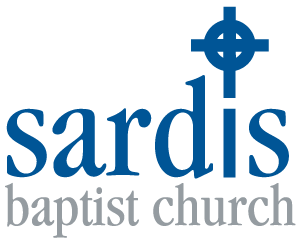Staying Connected: Part One
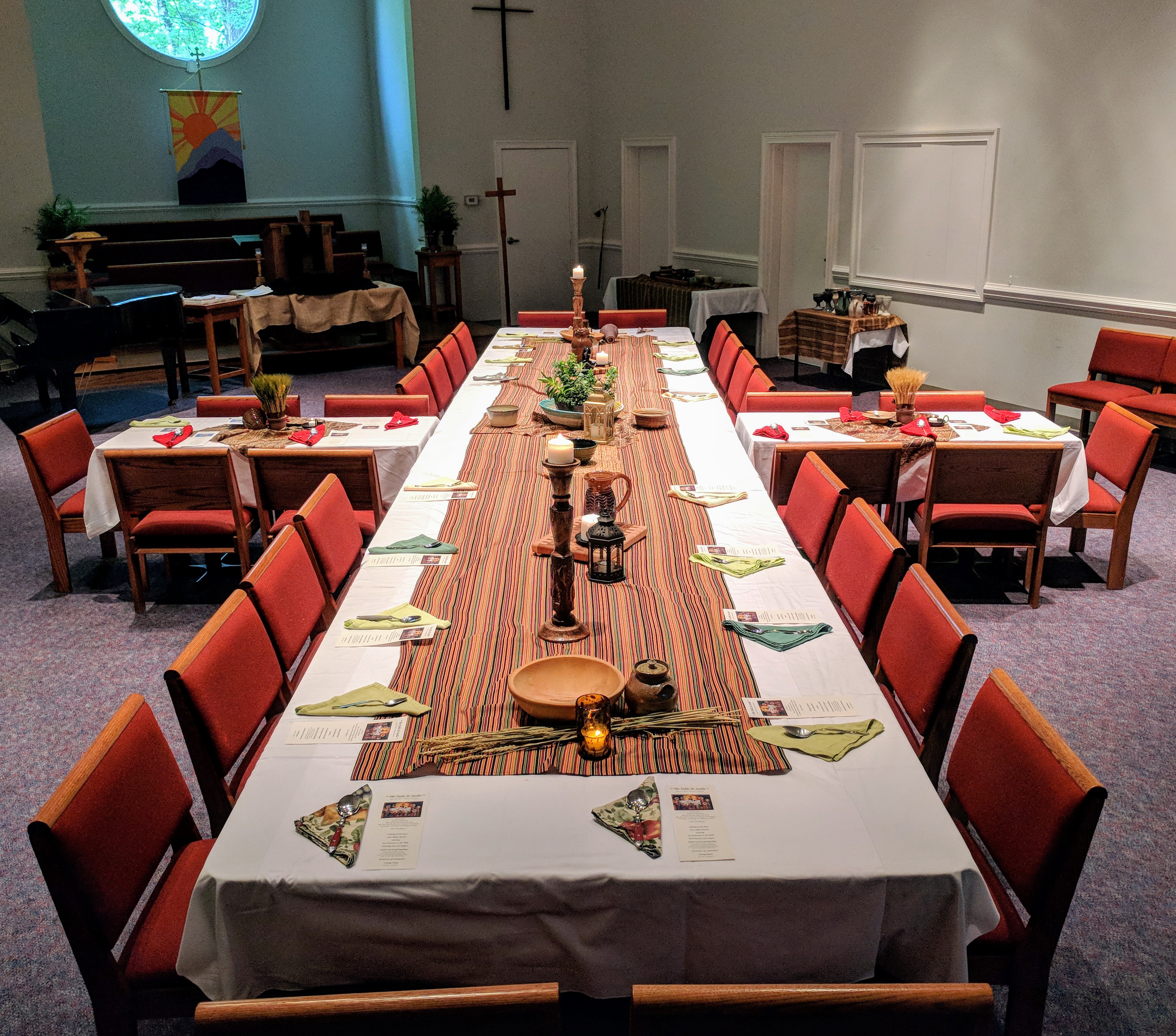
Staying Connected: Part One
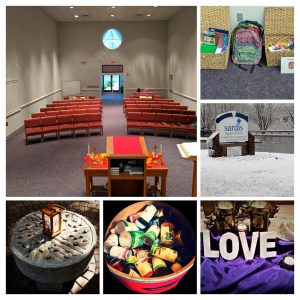 Our church is not averse to technology, but we’ve also never been forced to be reliant on technology. Our building is small enough that it doesn’t need a sound system, and our ministry model is not dependent on reach and frequency. In many ways, A/V equipment, streaming components, and extensive IT infrastructure seemed too excessive: investment in these things would divert dollars from tangible ministries and services. And besides, the simplicity of our style always felt like a Sabbath from the complexity of the secular world.
Our church is not averse to technology, but we’ve also never been forced to be reliant on technology. Our building is small enough that it doesn’t need a sound system, and our ministry model is not dependent on reach and frequency. In many ways, A/V equipment, streaming components, and extensive IT infrastructure seemed too excessive: investment in these things would divert dollars from tangible ministries and services. And besides, the simplicity of our style always felt like a Sabbath from the complexity of the secular world.
And then Corona happened. And we became dependent on technology in an instant. I want to spend a couple of posts telling you about our approach: What did we do and why? How has our congregation responded? What does the future entail?
What Did We Do? And Why?
In mid-March, to be in authentic alignment with NC and CDC guidelines, we determined that all activities would become virtual until further notice. We’re now entering our 25th consecutive week as a virtual community. As a staff, we began to consider programming and worship options, and we made our decisions based on several key factors: connection, safety, and accessibility.
Connection
We believe in corporate worship. That means that pastors, staff, congregation, and guests ALL contribute to, and are present in worship, in real time, together. We don’t dismiss the idea of the Spirit’s ability to move in pre-recorded liturgies, but we believe that worship is a gift and a conversation. It’s not about polish; it’s about joining together, consistently, and offering the best of what we have, no matter what we have to give. Some weeks it’s more, some weeks it’s less. But it’s always together, it’s always authentic, it’s always a gift. We decided we didn’t need studio-quality production, but instead, we needed to be present with another, and love each other (however that works virtually!).

Safety
It was important for us that every staff member could still lead in worship (and congregants, too!) without unnecessary and risky exposure to one another. We also thought about weather-related cancellation policies. We have never asked our congregants to be heroes when the roads are slick, and we wouldn’t do so in this instance either.
Accessibility
We determined that whatever technological platform we chose for programming, it needed to be as accessible and user-friendly as possible. We didn’t want to make people purchase software, nor did we want to force them to join social media platforms (or give personal information) in order to be able to participate in worship.
The Outcome
So Sardis, a church full of Boomers, became Zoomers. For an investment of $15 a month, we were able to secure unlimited meetings, unlimited time constraints, and accommodate up to 100 households per event. Congregants can participate at varying degrees of engagement (audio, video, or both, as well as chat functionality). The staff and deacons can easily keep track of attendance. Breakout rooms allow for more personal conversations. Every worship leader can participate in real time from any location. Sessions can be recorded, as well as live-streamed to Facebook Live. Screen-sharing allows for visual and audio enhancements.
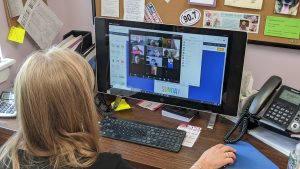
All in all, Zoom has been a good platform for us. As we move forward, we will continue to evaluate its effectiveness based on our ability to be connected, safe, and accessible.
In my next post, I’ll share more about navigating virtual programming: what’s working, how we’ve adapted, where we’ll go next.
Recommended Posts
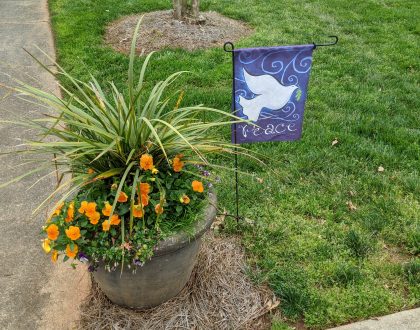
Are We Seeking to Restore Convenience or Vitality?
March 13, 2021
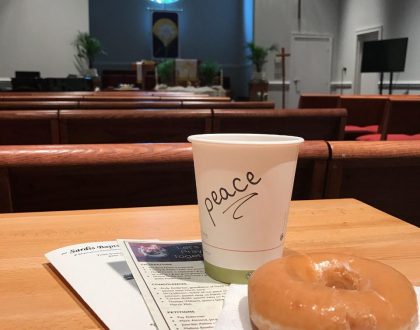
Wait For It
September 21, 2020
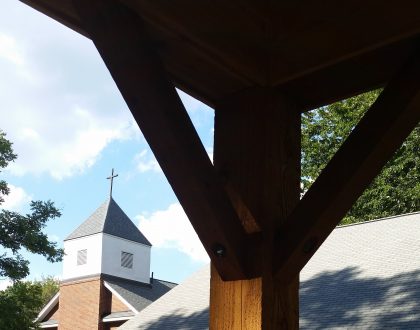
Staying Connected: Part Two
September 01, 2020

